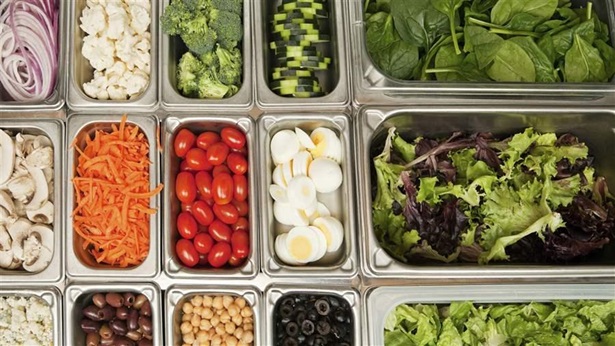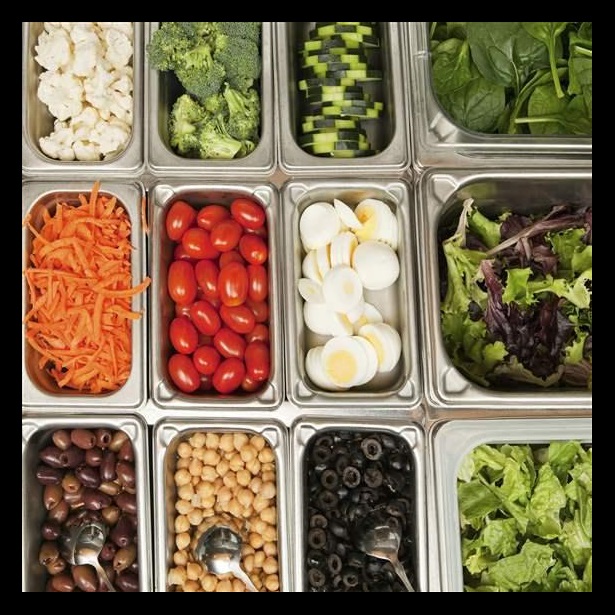U.S. Department of Agriculture Equipment Grants Improve School Kitchens
USDA School Kitchen Equipment Grants
An interactive from 
Overview
As of 2013, 88 percent of school districts needed at least one additional piece of kitchen equipment to help prepare and serve meals that meet the National School Lunch Program’s nutrition standards, according to a survey by the Kids’ Safe and Healthful Foods Project. Only 42 percent of meal programs, however, reported having budgets for equipment purchases; of those, less than half said their own resources would cover all their needs.
To address school kitchen equipment needs, Congress has provided more than $200 million since 2009 to help replace and improve school food service equipment. The U.S. Department of Agriculture distributes the funds to state child nutrition agencies, which then award grants of at least $5,000 to individual schools. The map above shows how the $25 million that Congress provided for this purpose in fiscal 2014 was put to use across the nation.
Why kitchen equipment matters to school meal programs

Cooking equipment (e.g., combination ovens, steamers, and tilting skillets) enables schools to move away from pre-processed heat-and-serve items in favor of quick and healthful from-scratch cooking with fresh ingredients.

Service equipment (e.g., serving lines, points-of-sale systems, and mobile carts) improves the meal-service experience, encourages students to make healthier choices by displaying fruits and vegetables attractively and accessibly, and helps to speed them through the meal selection process, leaving them more time to eat.

Refrigeration and frozen storage (e.g., walk-in refrigerators, freezers, and blast chillers) expands energy-efficient storage and enables staff to store larger amounts of fresh food, especially fruits and vegetables.
State Fact Sheets
This 10-part series details the schools that received USDA grants and the equipment they bought to improve the nutritional quality and appeal of meals.


School Nutrition Gets a Boost From USDA Kitchen Equipment Grants
School Nutrition Gets a Boost From USDA Kitchen Equipment Grants
Learn More

America’s Overdose Crisis
Sign up for our five-email course explaining the overdose crisis in America, the state of treatment access, and ways to improve care
Sign up








